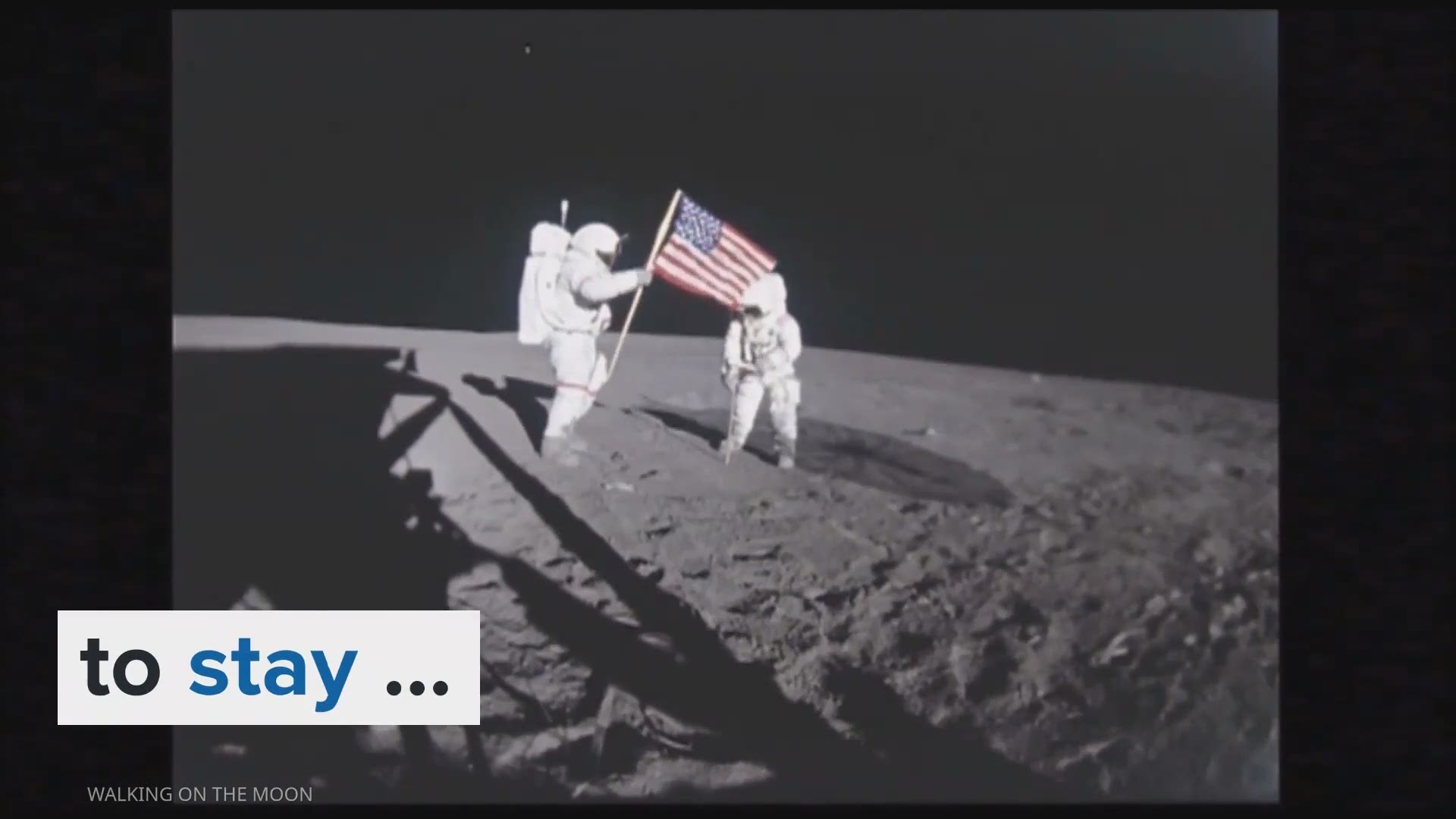WASHINGTON -- It's been 50 years since the Apollo 11 spaceflight mission in which Neil Armstrong and Buzz Aldrin were the first men, both American, to set foot on the moon on July 20, 1969.
NASA announced America is going back to the moon... to stay. By 2024.
Since Apollo 11, technology has advanced by leaps and bounds. Lunar orbiter satellites have gathered information about the moon's resources and hazards. NASA's newest strategy is one that can be permanent and sustainable to have humans on the moon.
How They Will Do It
It starts with building a new spacecraft system that can carry larger and heavier equipment from Earth into space. The Space Launch Mission, or SLS, will be the most powerful rocket ever developed.
NASA's new Orion space capsule will be able to support humans traveling to deep space, and be able to bring them back to Earth safely.
They will build new lunar landers that will be reusable and that can be used anywhere on the moon's surface. How will this work? With a orbiting platform called Gateway that will hover in between the moon and earth's gravitational fields. This outpost will allow the lunar lander to launch anywhere on the moon, and also support missions later in time that can be launched further into deep space.


Key To Sustainability: The Moon's Water Ice
In 2009, NASA scientists confirmed that there is water ice on the moon... millions of tons of water ice! This ice can be extracted and purified into water, and separated into oxygen for breathing, and hydrogen for rocket fuel.
Going to the moon will be a checkpoint, on the way to exploring space beyond the moon.

